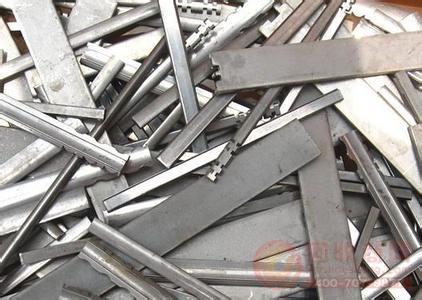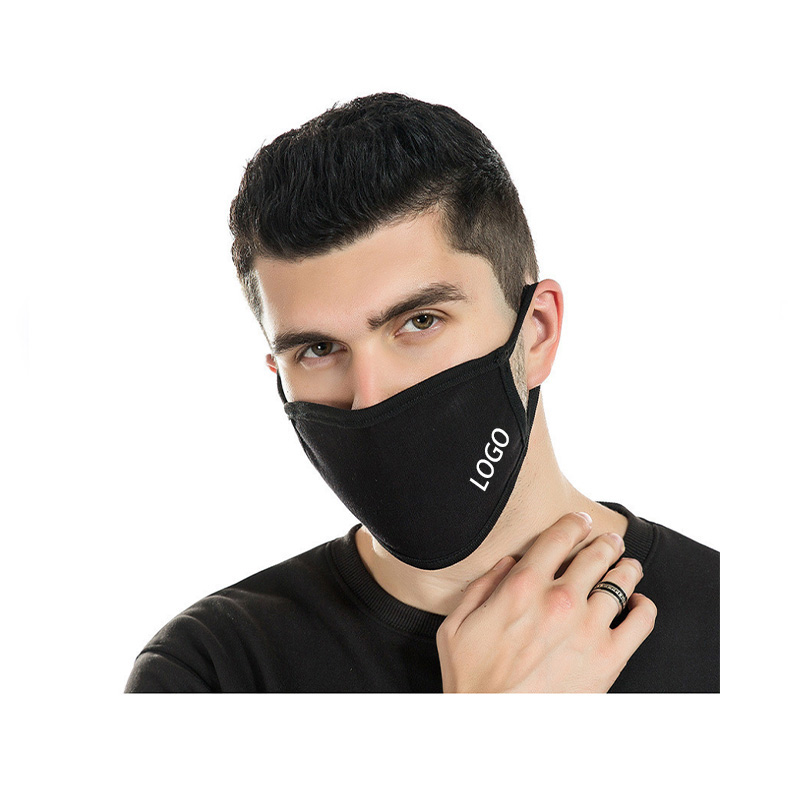
All metals react with oxygen in the atmosphere to form an oxide film on the surface. Unfortunately, the iron oxide formed on ordinary carbon steel continues to oxidize, causing the rust to expand and eventually form pores. The carbon steel surface can be ensured by electroplating with paint or oxidation resistant metals (e.g., zinc, nickel, and chromium), but as is known, this protection is only a film. If the protective layer is destroyed, the steel below will begin to rust.
It is resistant to corrosion by weak corrosive media such as air, steam and water, and chemically etched media such as acid, alkali and salt. Also known as stainless acid-resistant steel. In practical applications, steel that is resistant to weak corrosive media is often referred to as stainless steel, while steel that is resistant to chemical media is referred to as acid-resistant steel. Due to the difference in chemical composition between the two, the former is not necessarily resistant to chemical media corrosion, while the latter generally has rust. The corrosion resistance of stainless steel depends on the alloying elements contained in the steel. Chromium is the basic element for obtaining corrosion resistance of stainless steel. When the chromium content in steel reaches about 1.2%, chromium reacts with oxygen in the corrosive medium to form a thin oxide film (self-passivation film) on the steel surface. It can prevent further corrosion of the steel matrix. In addition to chromium, commonly used alloying elements are nickel, molybdenum, titanium, niobium, copper, nitrogen, etc., to meet the requirements of stainless steel structure and performance for various purposes.
Waste stainless steel is usually divided into matrix structures:
1. Ferritic stainless steel. Containing 12% to 30% chromium. Its corrosion resistance, toughness and weldability increase with the increase of chromium content, and its resistance to chloride stress corrosion is better than other types of stainless steel.
2. Austenitic stainless steel. Containing more than 18% chromium, it also contains about 8% nickel and a small amount of elements such as molybdenum, titanium and nitrogen. Good overall performance, resistant to a variety of media corrosion.
3. Austenitic-ferritic duplex stainless steel. It combines the advantages of austenitic and ferritic stainless steels and has superplasticity.
4. Martensitic stainless steel. High strength, but poor plasticity and weldability.
5. Precipitation hardening type stainless steel. With good formability and good weldability, it can be used as an ultra-high strength material in the nuclear industry, aerospace and aerospace industries.
The components are classified into Cr-based (SUS400), Cr-Ni-based (SUS300), Cr-Mn-Ni (SUS200), and precipitation hardened (SUS600).
- Nowadays, with the increasing pollution of automobile exhaust, smog and other bad weather, more and more people are wearing masks, which means that masks have become a necessity in our life.At present, there are a lot of masks in the market. Today, I would like to analyze the cotton masks to help you make a better choice.You can design masks and masks flexibly to achieve the desired effect and make masks and masks fashionable.Masks can also be customized according to different materials, so as to be used in different scenes.
- A variety of styles, printing patterns available, different types for different scenes.
- Daily outdoor activities wear, parade activities are applicable.
- Cotton masks can be washed and reused.

Dust Mask,Washable Mask,Fashionable Face Masks ,Cotton Mouth Face Mask
Zhongshan Saifute Labor Protective Articles Co., Ltd , http://www.factorydirectmask.com
